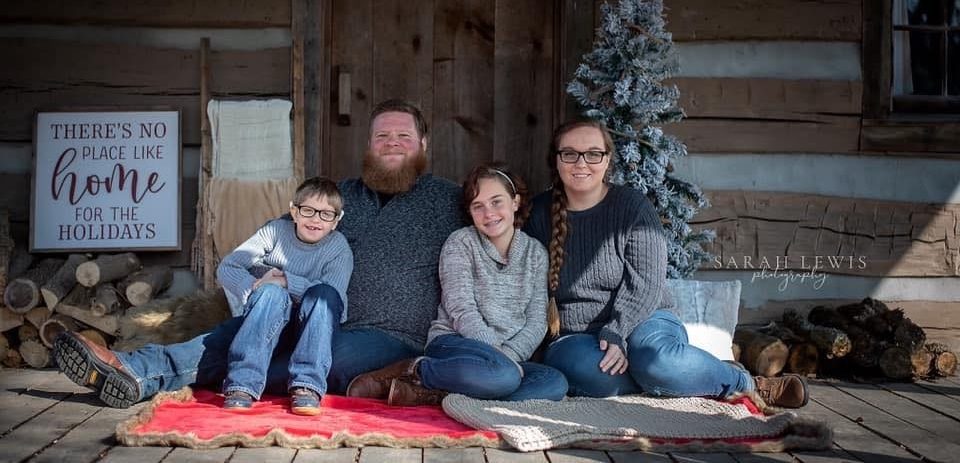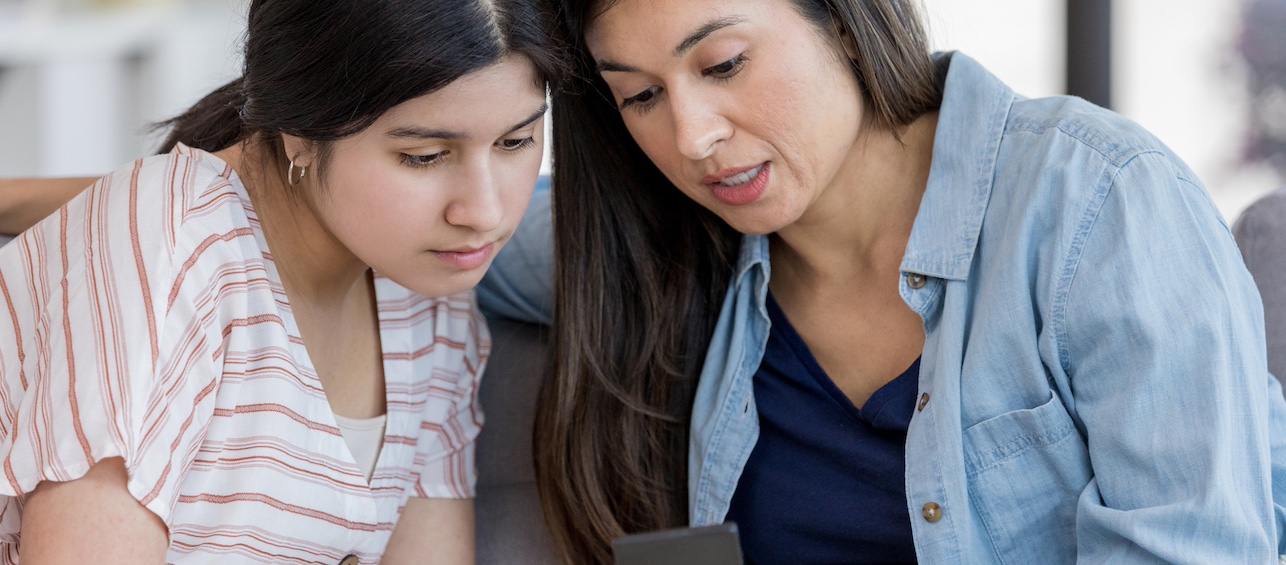In America, rare diseases are defined as disorders that affect fewer than 200,000 people in the country. My child has a condition affecting about 200 people in the entire world — that’s out of roughly 7.2 billion people in case you’re counting. So, it’s definitely rare.
My husband Michael and I became Calvin’s foster parents when he was 4 months old and later adopted him. At the time, we knew he had a type of genetic condition but we didn’t know exactly what it was. Two years later we found our answer: mandibulofacial dysostosis with microcephaly, or MFDM.
About MFDM
Once I started searching for information about this condition, I found out how uncommon it was. At the time, in 2015, there were fewer than 60 cases reported in the world. I felt incredibly alone.
MFDM is a craniofacial condition that causes developmental delays and abnormalities of the head and face. It is similar to the genetic conditions Treacher Collins syndrome and Nager syndrome, but each has its own unique characteristics. People with MFDM have a small head that doesn’t grow at the same rate as the rest of their body. They also often are born with problems of the esophagus, hearing loss, cleft palate, heart problems, and many other medical issues — too many to list here.
Fortunately we live in Cincinnati, so continuing the care Calvin received as an infant at Cincinnati Children’s was a no-brainer.
Looking for Support
When I started searching for others to talk to about Calvin’s diagnosis, I found one other family, in Australia, whose child had MFDM. That was my only connection. A few weeks later as I was scouring the Internet for any other families out there, I found two more! I couldn’t believe it. So I started a group on Facebook. More people kept finding us. Now, five years later, we have families of over 200 children, teens and adults diagnosed with MFDM who are in our group. (That’s fewer than 1% of the world’s population if you’re still counting.)
Last year a parent from this group suggested we needed a medical conference for MFDM so that all of us — parents, doctors, and other healthcare specialists — could learn more about it. So we ended up organizing the first-ever medical conference specifically devoted to MFDM. It was held in June 2019 and it was incredible. We had 29 families, nearly 100 people, come from all over the world to Cincinnati to meet one another and learn more about MFDM.
Learning from One Another
We listened to speakers from several different areas at Cincinnati Children’s that help care for children with the condition: neurology, ENT, audiology, genetics, speech, feeding, plastic surgery, research. We learned from them, and they learned from us, taking photos of the kids, having parents fill out surveys, and swabbing all of us to test for the mutation of the gene that causes this disorder, EFTUD2.
It was such a success that we are now organizing a 2020 MFDM conference, this time with a focus on family connections. I’ve found that when you have a child with developmental delays, you compare your child to other typical kids. But being able to compare them to other kids on the same level is much more helpful. That’s part of what this support group and conference have done for us.
Why I Do What I Do
People often ask me how and why I do all that I do related to MFDM. My answer is that Calvin has had to fight for everything. The second he was born he was fighting for his life. I feel like it’s my duty as his mom to make sure he has chances. And I know how helpful it’s been to me to have a place to go for answers. Putting all of these minds together is helping every child with MFDM.
Kids with the condition look very similar to one another because of their craniofacial differences. They almost look like brothers and sisters. When Calvin got to meet other kids last year who look like him, it was very powerful. He fit in. We all like to fit in. I think that simple act of these kids being around others who are like them can make their lives a little easier. So, that’s why I do what I do.
You’re Not Alone
If you’re out there searching for answers about your own child’s condition, know that you’re not alone. If you have a child who has been tentatively diagnosed with CHARGE syndrome, or has features similar to Treacher Collins syndrome but also has microcephaly, I urge you to talk to a geneticist about testing for the EFTUD2 gene. A lot of children have a tentative diagnosis before receiving the official diagnosis.
Our MFDM support group has an amazing community of parents with children who have the condition. We are hopeful that we can help answer questions and be support for those who have an official diagnosis. Connecting with others has definitely helped our family, and I hope it will help yours too.







Thank you for creating this blog entry. Because of this blog, the family I will be giving a new diagnosis of MFDM *already* has a connection to another family! I hope that the MFDM continues to flourish and grow.